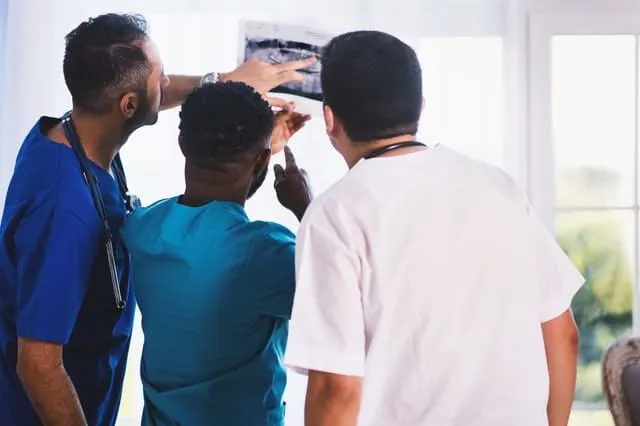
Accidents on construction sites happen frequently, yet they are almost always preventable. The area around construction sites is filled with large equipment, supplies, and tools. Workers might become injured due to handling heavy equipment or falling debris, among other possibilities.
These kinds of workplace accidents can have severe impacts on the victim. You should get in touch with Wyatt Law Firm if you or someone you know has been hurt on a construction job in Texas. They will aid in obtaining the just compensation you deserve.
You should be aware of the most frequent causes of construction accidents and preventive measures if you are working on a construction site.
Common Causes of Construction Accidents
Falls
More than 1 in 5 occupational fatalities in 2020 happened in the construction sector. Many of the deaths in this profession that were caused by falls, slips, and trips happened when a worker fell to a lower level. These accounted for over one-third of all fatalities. Most of the time, these come from ladders, canopies, scaffolding, and elevator shafts. Workers are more at risk of falling when working 4 feet or higher above the ground, but anything that can make you lose your balance and fall is dangerous.
Equipment Failure
The main cause of equipment failure on construction sites is faulty equipment or tools. A risky mishap could be caused by an absent or broken safety switch. Safety equipment should be available to employees to prevent such accidents. Additionally, some equipment failures may also be the fault of tool manufacturers.
Electrocution
Electrocutions or shocks could result from coming into contact with exposed power lines, wiring, and incomplete electrical systems around active building sites.
Scaffolding Accidents
Scaffolding-related accidents can result in severe injuries. Temporary framing, known as scaffolding, is utilized during construction and building renovation. It is common practice for construction workers to operate at great heights on scaffolding, roofs, and ladders.
Machinery Accidents
During building, heavy machinery is used extensively by the employees. An error or mishap with these instruments, which range from cranes, and bulldozers to jackhammers as well as nail guns, can be hazardous.
Overexertion
Workers may overexert themselves and potentially suffer from heatstroke if they work for an excessive number of hours in hot or humid weather.
Preventive measures
Upkeep of Equipment
Accidents involving equipment are frequent on construction sites. Many equipment-related incidents can be prevented with proper maintenance.
Alert Signs
There should be enough signage on a building site to alert workers to potential hazards and dangers. To mark off risky locations, use signs, cones, and ropes.
Safety Procedures
Establish safety guidelines and mandate that everyone working on the construction site abides by them. To increase safety, periodically assess safety procedures and make any required revisions.
Use of Safety Equipment
It’s crucial to wear safety equipment since accidents still happen on construction sites despite the presence of safety precautions (personal protection equipment). Hard helmets, hearing and eye protection, steel-toed boots, harnesses, and other basic safety equipment are required on most construction sites. The use of masks and gloves might also be mandatory in some circumstances.
Frequent Breaks
Lunch breaks and regular breaks should be mandated. Some workers might desire to continue working during breaks or lunch to cut the workday short or earn overtime. This should not be allowed as accidents on construction sites can occur due to fatigue and dehydration caused by overexertion, as discussed above.
Conclusion
Most incidents on construction sites are covered by workers’ compensation insurance. However, some construction site mishaps could also lead to a personal injury lawsuit against a third party. There may also be claims for product liability, general negligence, and premises responsibility. Contact a lawyer to discuss your legal rights and options for pursuing compensation for your injuries after getting medical attention for your wounds.
- Sagittarius Man & Gemini Woman Love and Sex Compatibility - January 31, 2024
- Taurus Ascendant Rising Personality Traits in Men (Guide) - January 31, 2024
- How to Seduce and Attract a Sagittarius Man (Seduction Tips) - January 31, 2024
